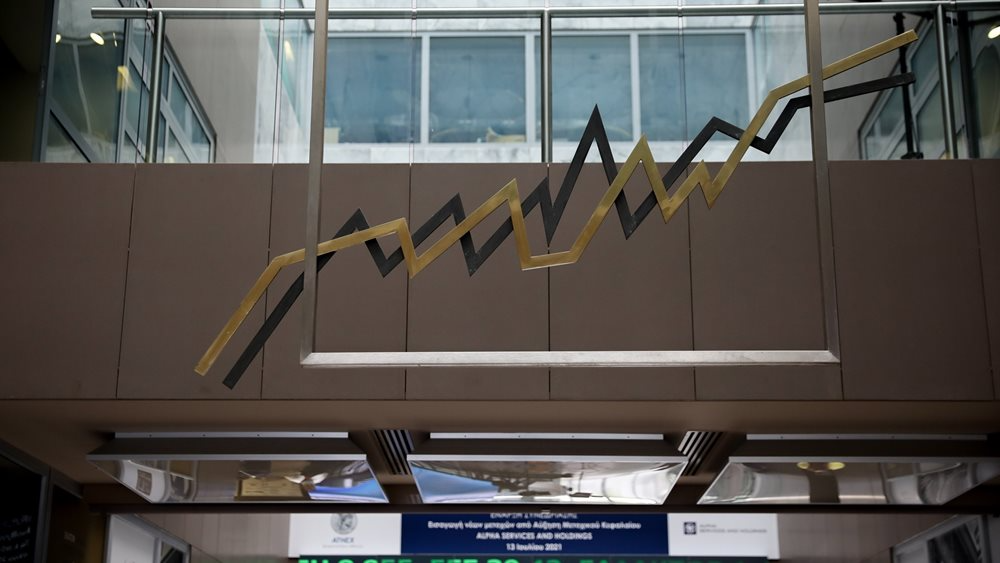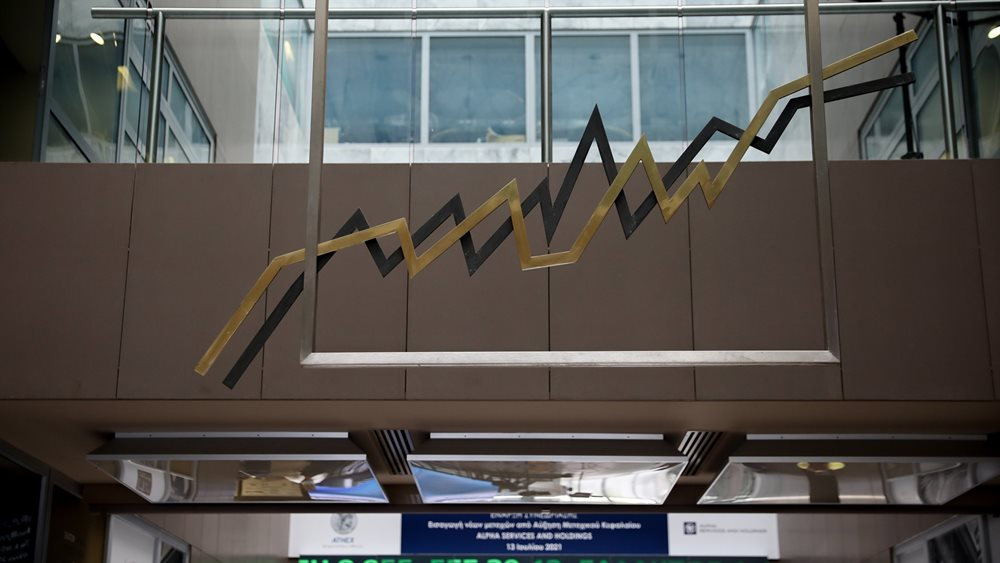
The most recent Eurobank report, "7 Days of Economy," discusses the goals and difficulties associated with the Medium-Term Fiscal Strategy Programme 2025–2028, which Minister of Economy and Finance Kostis Hatzidakis and Deputy Minister Thanos Petralias presented and "aims to maintain fiscal stability and promote sustainable growth."
According to Eurobank's data, the Greek economy is expected to show positive growth rates, a reduction in unemployment and a significant deceleration in inflation, contributing to the alignment with the European Central Bank's target.
Based on the above and following the negotiation with the European Commission on the size of the increase in primary expenditure, Table 2 below from the MFF 2025-2028 sets out the targets that Greece should follow to control the growth rate of net primary expenditure from 2024 to 2028. Expenditure growth is required to be equal to or below the annual targets for the period 2024-2028 in order to ensure debt sustainability and to comply with the rules of the new EU fiscal framework.
Greece's fiscal policy for the period 2025-2028 focuses on maintaining fiscal stability, gradually reducing government debt and complying with the rules of the new EU fiscal framework. At the same time, measures are being implemented to increase disposable income, boost employment and address demographic and housing challenges within the limits set by the new EU fiscal framework.
According to the Draft Budget 2025, the borrowing strategy for 2025 will be limited, with a focus on reducing borrowing costs and strengthening the country's credibility in international markets.
Greece's commitments for the period 2025-2028
- Annual Growth Rates: Annual growth rates of net primary expenditure are estimated at 2.6% for 2024 and are expected to be 3.7%, 3.6%, 3.1%, and 3.0% for 2026, 2027, and 2028. This particular path of primary expenditure growth aims to ensure that it does not exceed the country's potential GDP growth rate, supporting a prudent fiscal path. It should be noted that under the new budgetary framework, it is not possible to exceed the above targets if the available budgetary space allows. For example, achieving a significantly higher primary surplus (relative to the corresponding annual target) will not lead to the use of these funds for social support measures or other similar measures. These funds will be used to build up a reserve, which in turn will be used in years when the actual primary outcome falls short of the annual target.
- Cumulative Growth Control: Until 2028, the overall cumulative increase in expenditure is limited to 17.1%. According to the European Commission's analysis, this cumulative expenditure growth prevents excessive debt growth by undermining fiscal stability.
- Approximately EUR 1 billion relates to the increase in operating costs of the GF due to inflation and other liabilities (e.g., electricity, rental, fuel, maintenance, international agreements, pharmaceuticals, and hospital supplies) for 2025 (the amount is expected to remain constant per year for the period 2026-2028).
- Another 1 billion is for the increase in pension expenditure for 2025 (specifically for 2026, this amount is expected to be 1.4 billion and around EUR 1 billion per year for the period 2027-2028).
- Spending on military equipment is expected at EUR 900 million in 2025 (and EUR 500 million in 2026, EUR 200 million in 2027, and EUR 200 million in 2028).
- Based on the above, for 2025, about €0.8bn per year (=3.6-1.0-1.0-1.0-0.9) is expected to be spent mainly on social policy measures while supporting a strong reform program (according to the Ministry of Finance, these economic support measures amount to about €1bn per year for the period 2026-2028).
RISKS
The following factors may pose potential risks to the Greek economy in the medium term, as presented in the Monte Carlo simulation for government debt above:
- continuation or worsening of the war in Ukraine and/or the Middle East could trigger a new energy supply shock and increase uncertainty in markets.
- Delay in cutting interest rates: failure to cut interest rates in a timely manner may weigh on growth.
- Rises in energy prices: New increases in commodity prices may exacerbate the cost of living and negatively affect economic growth.
- Delays in the implementation of the CSF and reforms.
- Political and/or administrative obstacles: Delays in structural reforms, due to political or administrative obstacles, may hamper the effective implementation of the planned projects and actions.
- External imbalances: Maintaining imbalances in the external sector of the economy may increase vulnerability to external shocks
- . Climate risks: The amplification of climate risks and natural disasters may negatively affect productivity and infrastructure.
- Finally, achieving growth rates higher than projected in the MTO 2025-2028, in particular in the period 2026-2028, could widen the scope for additional actions to boost investment and support the economy in general.






